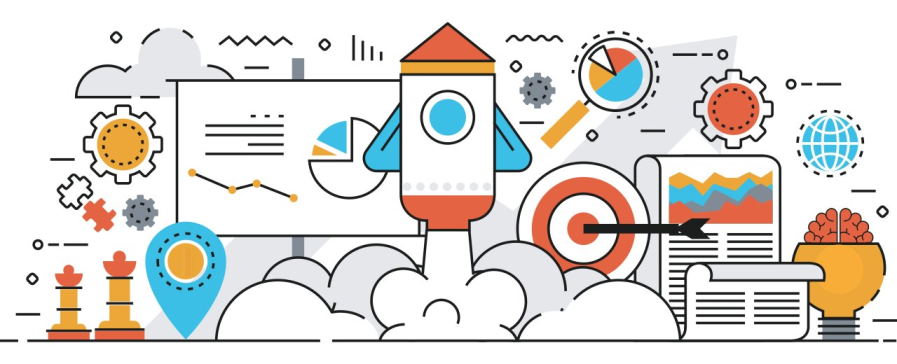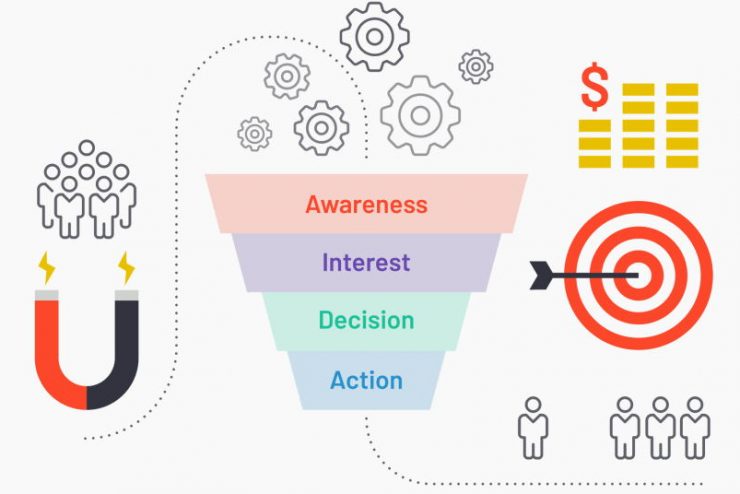Business development is a process that goes beyond simply generating new leads. In order to be successful, businesses need to take a strategic approach incorporating various elements. There are many factors to consider, from identifying target markets to crafting effective marketing campaigns. By developing a well-rounded business development strategy, companies can set themselves up for long-term success. Keep reading to learn more about the essential elements of strategic business development!
What is strategic business development?
Strategic business development is creating, planning, and implementing a comprehensive plan for achieving an organization’s long-term objectives. Strategic business development involves researching markets and trends, developing strategies to capitalize on opportunities, and addressing potential risks. It also includes setting goals for growth, understanding customer needs, constructing a sales and marketing strategy, building partnerships with other organizations, and managing resources. Ultimately, strategic business development helps bring about positive organizational change by helping it stay competitive in its industry or marketplace. In addition, with effective strategic plan implementation, businesses can create greater value for customers while improving their bottom line.

The key components of successful strategic business development include:
- Researching Markets & Trends: An important part of developing effective marketing strategies involves researching current markets and trends. This includes understanding customer needs, analyzing competitor activities, tracking macroeconomic indicators, and staying abreast of industry changes.
- Setting Goals & Objectives: Strategic business development involves setting goals for growth and developing measurable objectives to track progress toward those goals. This ensures that the organization is focused on the right activities in order to achieve its desired outcomes.
- Developing Strategies: A comprehensive strategy should be developed to capitalize on opportunities and address potential risks. Strategies should include investing in research and development, acquiring other businesses or diversifying product lines, expanding into new markets, and building strategic partnerships with other organizations.
- Sales & Marketing Strategy: A marketing plan should be designed to promote the organization’s products and services. This includes setting pricing, developing promotional activities, identifying distribution channels, and creating effective advertising campaigns.
- Resource Management: Effectively managing resources is essential for success in strategic business development. It involves allocating capital to the most profitable areas of the business, understanding customer needs, and ensuring that operations are efficient and cost-effective.
- Evaluating Progress: Regularly evaluating progress toward goals is necessary to ensure that objectives are being achieved. This also allows for changes to be made in response to external factors or industry trends.
The successful implementation of a strategic plan helps an organization stay competitive in its marketplace while creating greater customer value. Effective strategic planning allows businesses to develop innovative products and services, expand into new markets, and improve their bottom line. It is an essential part of any successful business’s operations.

The key elements of strategic business development
- Objectives: Business objectives should be clearly defined and aligned with the company’s overall mission, vision, and values. Establishing measurable objectives helps to ensure that you are focusing on the most important goals and can track progress toward success. When possible, ensure that objectives include short-term deadlines and a long-term strategy for sustaining growth.
- Strategy: Identifying a competitive advantage is key to successful business development strategies. Analyze the competitive landscape to create a plan that emphasizes your organization’s strengths while acknowledging areas where improvement could be made. The chosen strategy should also take into account customer needs and trends within the industry, as these will likely influence decision making moving forward.
- Resources: Assess the resources available to you and make sure they are being used in the most effective manner possible. This includes both financial and human resources, as well as any outside partnerships or collaborative ventures. It’s important to have a clear plan for how these elements fit together to ensure a streamlined approach to business development.
- Tactics: Developing tactics is the next step after determining strategy and resources. Establish processes for measuring progress, testing ideas, and executing plans to make your objectives real. Thinking through potential risks associated with each tactic can help you identify any areas where additional planning may be needed before implementation begins.
- Evaluation: Monitoring progress throughout the development process is essential for adjusting tactics as needed and ensuring that objectives are met. Regularly evaluate the effectiveness of your strategy, resources, and tactics to make any necessary changes or improvements. Creating a feedback loop will help you ensure that all business development components remain aligned and on track.
By following these five steps, organizations can ensure an effective approach to business development that helps them reach their goals faster. In addition, having a comprehensive plan in place from day one makes it easier to identify potential pitfalls and stay on the path to success. Ultimately, taking the time upfront to create a thoughtful strategy can save companies time and money while helping them achieve their desired outcomes more quickly.






